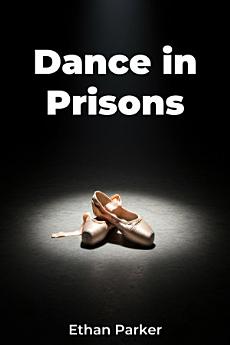Dance in Prisons
Peb 2025 · Publifye AS
E-book
74
Mga Page
family_home
Kwalipikado
info
reportHindi na-verify ang mga rating at review Matuto Pa
Tungkol sa ebook na ito
Dance in Prisons explores the transformative potential of dance as both a therapeutic tool and a means of rehabilitation within correctional facilities globally. It examines how structured movement can provide incarcerated individuals with an avenue for emotional expression, social skill development, and personal growth. Intriguingly, dance can assist in trauma recovery and potentially reduce recidivism by fostering empathy and emotional regulation. The book argues that dance offers a unique way for incarcerated individuals to reconnect with their bodies and process difficult experiences.
The book begins by introducing dance/movement therapy and its applications within prisons. It then progresses by examining the psychological benefits of dance, offering case studies of successful programs in different countries, and addressing the ethical considerations of implementing arts-based programs in carceral environments. This approach allows the book to present a comprehensive view of dance's role in prison rehabilitation, highlighting its potential for fostering positive change and advocating for a more holistic approach to corrections.
I-rate ang e-book na ito
Ipalaam sa amin ang iyong opinyon.
Impormasyon sa pagbabasa
Mga smartphone at tablet
I-install ang Google Play Books app para sa Android at iPad/iPhone. Awtomatiko itong nagsi-sync sa account mo at nagbibigay-daan sa iyong magbasa online o offline nasaan ka man.
Mga laptop at computer
Maaari kang makinig sa mga audiobook na binili sa Google Play gamit ang web browser ng iyong computer.
Mga eReader at iba pang mga device
Para magbasa tungkol sa mga e-ink device gaya ng mga Kobo eReader, kakailanganin mong mag-download ng file at ilipat ito sa iyong device. Sundin ang mga detalyadong tagubilin sa Help Center para mailipat ang mga file sa mga sinusuportahang eReader.








